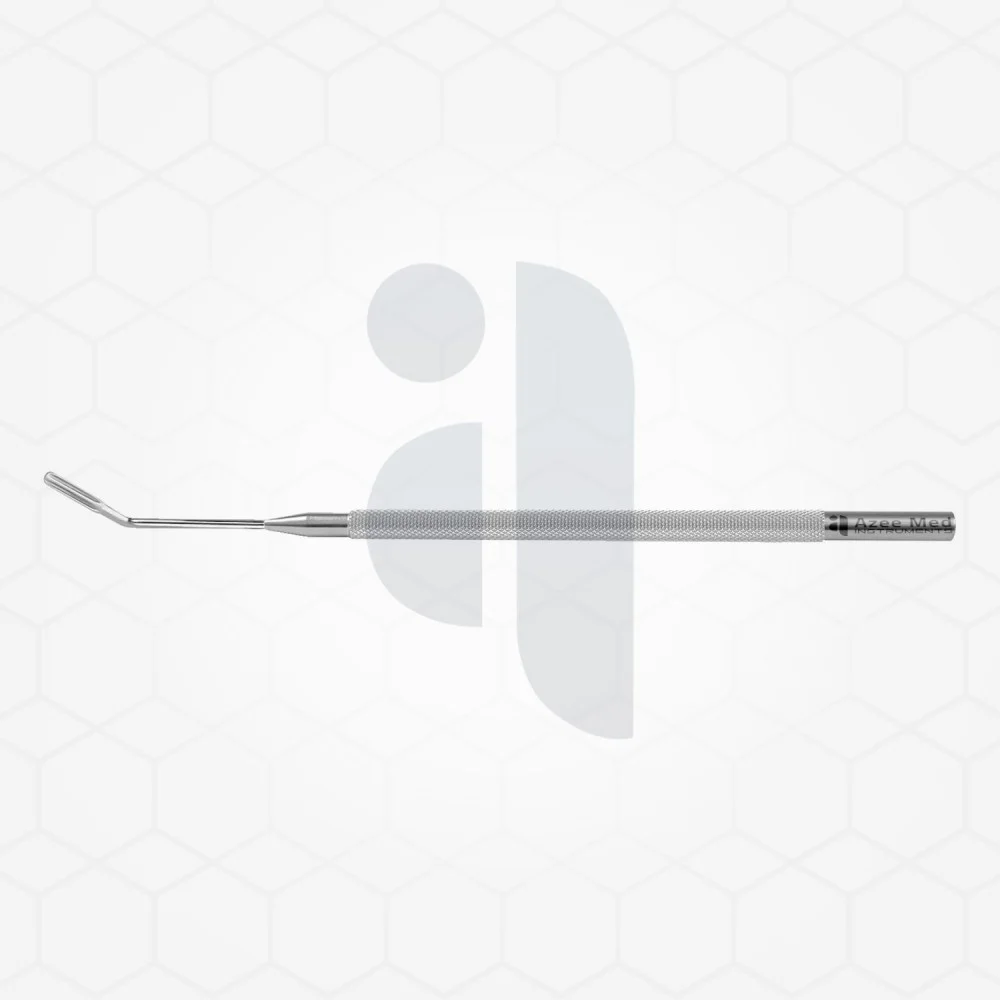The Unseen Essentials: Why Ancillary Items Matter in Surgery
Wiki Article

In any surgical procedure, the spotlight often shines on the primary instruments—the scalpels, forceps, and retractors that perform the main tasks. However, the success of an operation equally depends on a vast array of supporting tools known as ancillary items. These are the unsung heroes of the operating room, providing crucial support, ensuring precision, and contributing to patient safety. Understanding their role is fundamental to appreciating the complexity and meticulous planning behind every successful surgery.
From specialized probes to simple but essential disposables, these items create a controlled and efficient environment. They assist surgeons in navigating complex anatomy, maintaining a clear field of view, and executing delicate maneuvers that would otherwise be impossible. This article explores the significance of these supportive tools, highlighting how they complement primary instruments and elevate the standard of care in modern medicine. We will delve into their diverse categories and showcase why they are indispensable for any surgical team.
Defining the Role of Supportive Surgical Tools
At their core, ancillary items are instruments and supplies that support the main objective of a surgical procedure without being the primary tool for cutting, suturing, or repairing tissue. Their function is to facilitate the surgeon's work, improve visibility, and ensure the procedure runs smoothly. They can range from simple gauze and tubing to complex diagnostic probes and positioning aids. Without these supportive elements, surgeons would face significant challenges in maintaining sterility, managing the surgical site, and achieving optimal outcomes.
Think of a construction site. While the crane does the heavy lifting, the project cannot succeed without the measuring tapes, levels, safety harnesses, and communication devices that ensure everything is done correctly and safely. Similarly, in surgery, these supportive tools provide the foundation for precision and safety. They help manage bodily fluids, keep tissues retracted, and provide necessary light and magnification, allowing the surgeon to focus entirely on the critical task at hand. The thoughtful selection and arrangement of these items are hallmarks of a well-prepared surgical team.
Specialized Instruments: The Guyon Sound and Beyond
Within the broad category of supportive equipment, there are highly specialized tools designed for specific procedures. These instruments, while not performing the primary surgical action, are essential for diagnosis, assessment, or preparation. A prime example is the Guyon sound, a specialized dilator used primarily in urology. The Guyon sound helps a surgeon gently dilate the male urethra to assess its patency or treat strictures before a primary procedure, such as cystoscopy or catheter insertion. Its unique curve is designed to navigate the male anatomy safely.
The use of a Guyon sound illustrates perfectly how certain ancillary items are critical for procedural success. While the cystoscope may be the primary diagnostic tool, the preparatory work done by the sound ensures the scope can be inserted safely and effectively. This principle applies across all surgical fields. In orthopedics, a bone tap prepares a hole for a screw, while in neurosurgery, a nerve root retractor protects delicate structures. These instruments are indispensable, ensuring that the main part of the surgery can proceed with minimal risk and maximum effectiveness.
The Broad Spectrum of Ancillary Support
The world of ancillary items is incredibly diverse, encompassing a wide range of products that serve different but equally important functions. They can generally be grouped into several key categories, each contributing to the overall safety and efficiency of the operating room.
Disposables and Consumables
This is perhaps the largest and most varied category. It includes everything from surgical gloves, gowns, and masks to sponges, drapes, and suction tubing. These single-use items are fundamental to maintaining a sterile field and preventing surgical site infections. Their reliability and quality are non-negotiable, as they form the first line of defense against contamination for both the patient and the surgical team.
Positioning and Exposure Aids
A clear and stable surgical field is paramount. Instruments like retractors, positioners, and surgical pillows fall into this category. While a surgeon may use a hand-held retractor, many procedures rely on self-retaining retractors that hold tissue back, freeing the surgeon’s hands. These tools are essential for providing unobstructed access to the surgical site, especially in deep or complex body cavities.
Visualization and Lighting
Surgeons need to see what they are doing with absolute clarity. Headlamps, overhead surgical lights, and fiber-optic light sources are crucial supportive items. In minimally invasive procedures, the endoscope and its associated camera system serve as the surgeon's eyes. These visualization tools are vital for precision and help prevent accidental injury to surrounding tissues.
Conclusion: The Foundation of Surgical Excellence
While they may operate in the background, ancillary items are the foundational elements upon which surgical excellence is built. Their importance cannot be overstated, as they directly impact procedural efficiency, surgeon performance, and, most importantly, patient safety. From the simple sponge to the specialized Guyon sound, each item plays a specific role in a highly coordinated effort. Recognizing their value is key to understanding the holistic nature of modern surgery, where every component, no matter how small, contributes to a successful outcome. The careful selection and management of these tools will always remain a critical aspect of providing the highest standard of patient care.
Report this wiki page